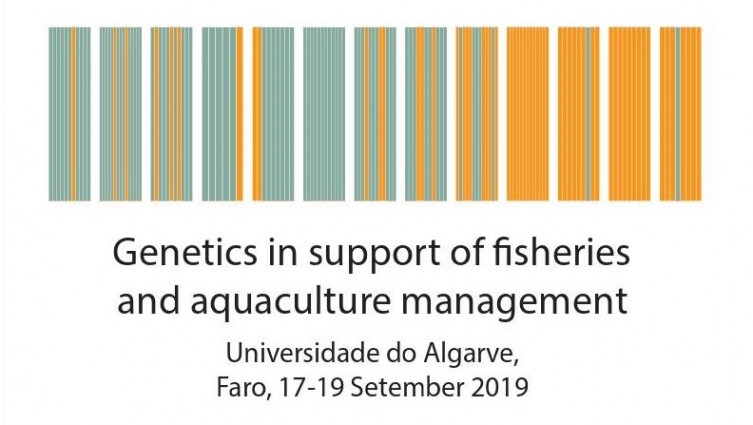Genetics in support of fisheries and aquaculture management
Objective:
This course will introduce participants to principles and practical application of genetics in fisheries and aquaculture including relevant evolutionary, quantitative- and population genetic theory. The course introduces a range of genetic and genomic tools that underpin the management of aquatic natural resources, and how such approaches complement other management tools, together with a critical valuation of costs and benefits. We provide case studies that illustrate how genetics can help to address existing management and policy needs from capture and aquaculture fisheries.
Emphasis on the practical implication of technologies and theory will underpin course design and delivery. Three key components encapsulate course design: theory, to familiarise students with salient evolutionary and genetic principles, application, to demonstrate design and impact of genetic and genomic tools, and strategy, to promote application and uptake in management and conservation. Students will attain an understanding of genetic concepts and methods with emphasis on population genetic and genomic aspects. They will identify and formulate salient management-relevant questions that are amenable to such tools, in combination with complementary approaches such as population modeling, risk assessment and oceanography.
The attendees will be able to handle illustrative datasets to perform statistical analysis, depending on their level of knowledge and interests.
Who should participate?
The course is designed to target a broad community, including those with some experience in genetics/genomics, as well as those who are less familiar. Importantly, the training strategy will be highly interactive, thereby benefiting from a diversity of experience and expertise. We aim at people with a keen interest in how and when to apply evolutionary and genetic principles and tools to management issues, within the context of sustainability. We target students, fisheries/aquaculture scientists, fisheries/aquaculture managers and stakeholders involved in fisheries genetics and those more directly engaged in aquaculture management and policy decision-making. Strategies to facilitate the impact and uptake of available knowledge and tools will be prioritized.
What will the participants learn?
The course will comprise a mix of informal seminars, discussion groups and some hands on analysis and interpretation of data sets. Activities will be based on a series of topical policy-driven questions, encompassing a consideration of, but not restricted to, introductory concepts in fisheries and aquaculture genomics, a consideration of stock structure identification and dynamics, the genetics of farmed seafood to enhance aquaculture, population abundance estimates, integration of genomics with established quantitative fisheries science and modelling, traceability, genomics for monitoring control and enforcement, and an introduction to population genomic analysis. Strategies for promoting the integration of approaches, including the role of reference data bases, standardization, maximizing cost-effectiveness and accessibility to outputs, the deployment of devices in the field, and setting clear relevant targets, through illustrative case studies, will enhance understanding and relevance.
Why is this course important?
Acquiring skills in the application of genetics to fisheries and aquaculture is increasingly important for both practical and strategic reasons. Practically, applications are especially amenable to high-throughput analysis, standardization of global databases, and increased cost-effectiveness, as well as integration with existing approaches in management, such as population and oceanographic modelling, demographic data and use of tagging and satellite-based monitoring. Strategically, the close association and interdependence of shifts in the abundance and distribution of aquatic resources (quantitative change) and genetic structure (qualitative change) mean that core fisheries data such as population size, distribution of age classes, dispersal and recruitment, will in many cases be population or stock-specific. Capturing such heterogeneity, and promoting linkages between existing management and biologically defined units, is central to our efforts in both predicting as well as conserving aquatic species and communities in the face of environmental change.
Instructors
The course has five instructors: Gary Carvalho (Bangor University, UK), Jann Martinsohn and Ernesto Jardim (Joint Research Centre, European Commission), Einar Eg Nielsen (DTU Aqua, Denmark), and Kerry Naish (University of Washington, USA).
They are ready to demonstrate the principles and practical application of genetics in fisheries and aquaculture and explore case studies that illustrate how genetics can help to address existing management and policy needs from capture and aquaculture fisheries.
This course takes place 17–19 September 2019 in the Centre of Marine Sciences (CCMAR), University of Algarve, Portugal.



